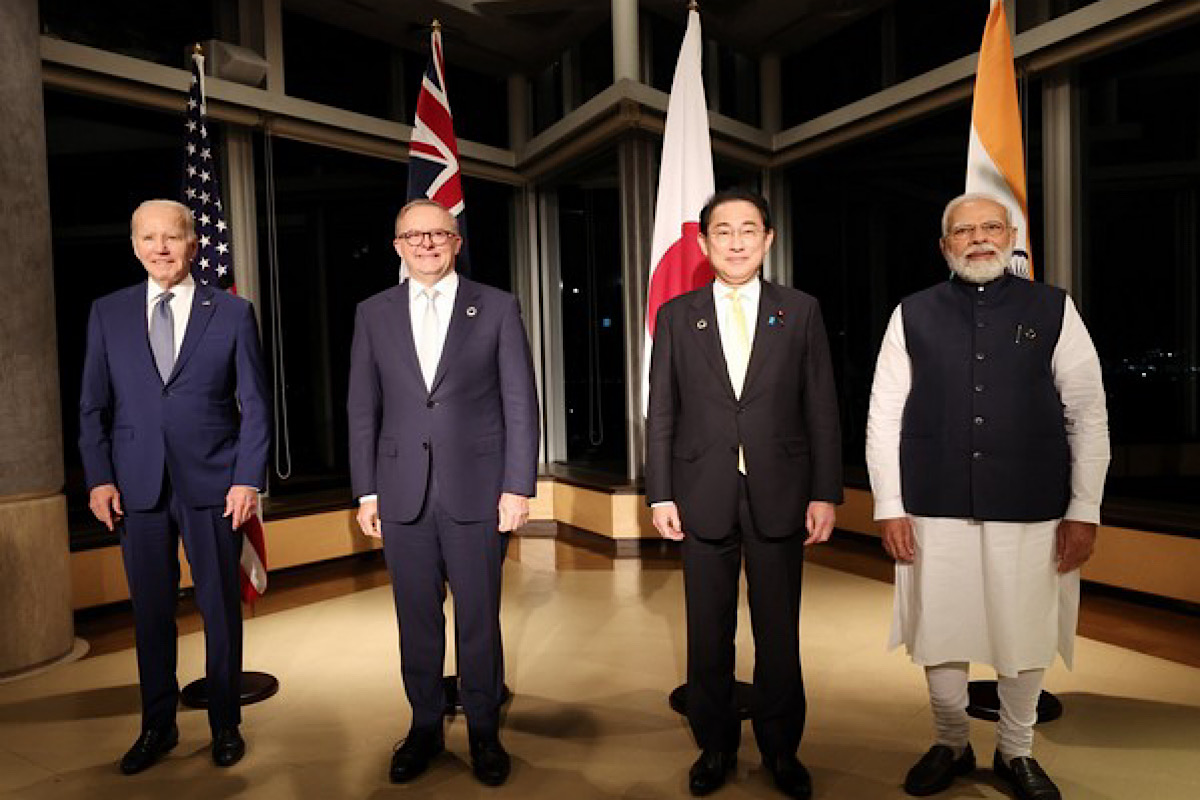Professor Paul Gewirtz of Yale Law School has, in a recent article, sparked a much-needed debate on the Group of Seven (G-7) countries’ decision that at the core of their economic approach to China henceforth would be “de-risking, not decoupling.” To the extent that decoupling from the world’s largest economy (when measured in PPP terms) and the second-largest in terms of nominal GDP after the USA would be highly disruptive ~ not least for the G-7 member-states themselves ~ given China’s integration into global supply/value chains and emergence as a source of international capital over the past two decades, it seems like an appropriate policy.
Decoupling any major country’s economy from China was always impossible and sounds harshly radical, but it has been a commonly used and divisive word in China policy circles. The word “de-risking” sounds considerably more moderate, makes sense, and has now produced a highly publicised consensus on China policy among a large variety of different countries, adds Prof. Gewirtz. The essence of the argument being made by the Yale don is that in reality, however, the word “de-risking” is extremely ambiguous and its meaning uncertain.
Advertisement
The word itself tells us very little about the G-7’s China policy. Its scope depends on how the word is interpreted. Very likely, different countries will interpret and apply de-risking differently, creating divergence and not consensus ~ in some countries producing a modest scope of economic separation, in some potentially a policy similar to “de-coupling.” A look at the trade data between leading G7 countries, USA and Germany, and China is informative. Sino-US trade hit $690.6 billion in 2022, with Chinese imports from the US at $153.8 billion and exports to the US at $536.8 billion resulting in a massive trade deficit for Washington. The exponential growth of trade between the nations since China joined the WTO (2001) has benefited both American and Chinese consumers and companies. China is the thirdlargest export market for the USA, behind Canada and Mexico, and exports to China support millions of jobs in America. Goods imported by the USA from China in 2021 included electronics worth over $120 billion, machinery and appliances ($120 billion), toys and games ($40 billion), and between $40 billion and $20 billion each of textiles, plastics and rubbers, metals, furniture, and chemical products. But emergent Sino-US rivalry implies an American bias towards decoupling, with Washington’s near-shoring/friendshoring strategies likely to be in vogue. On the other hand, Germany’s trade overdependence on China is exemplified by the trade deficit of 84 billion it incurred with the latter in 2022. Trade between Germany and China too rose to a record level in 2022, making the Asian giant Germany’s most important trading partner for the seventh year in a row.
Goods worth 298 billion were traded between the two countries, up around 21 per cent from 2021. In 2022, Germany imported goods worth 191 billion from China, a third more than in 2021. Exports of German goods to China, though, increased by only 3.1 per cent to around 107 billion. Its economy battered by having to end almost overnight its energy dependence on Russia, Germany is likely to want to prevent a double whammy. To that end, Berlin would prefer de-risking economic linkages with China rather than venturing down the path of de-coupling from it. These are mere examples of the likely different approaches of G7 states to China based on a reading of the statistics; when ideological and geostrategic factors are in the mix, matters get even more complicated.









